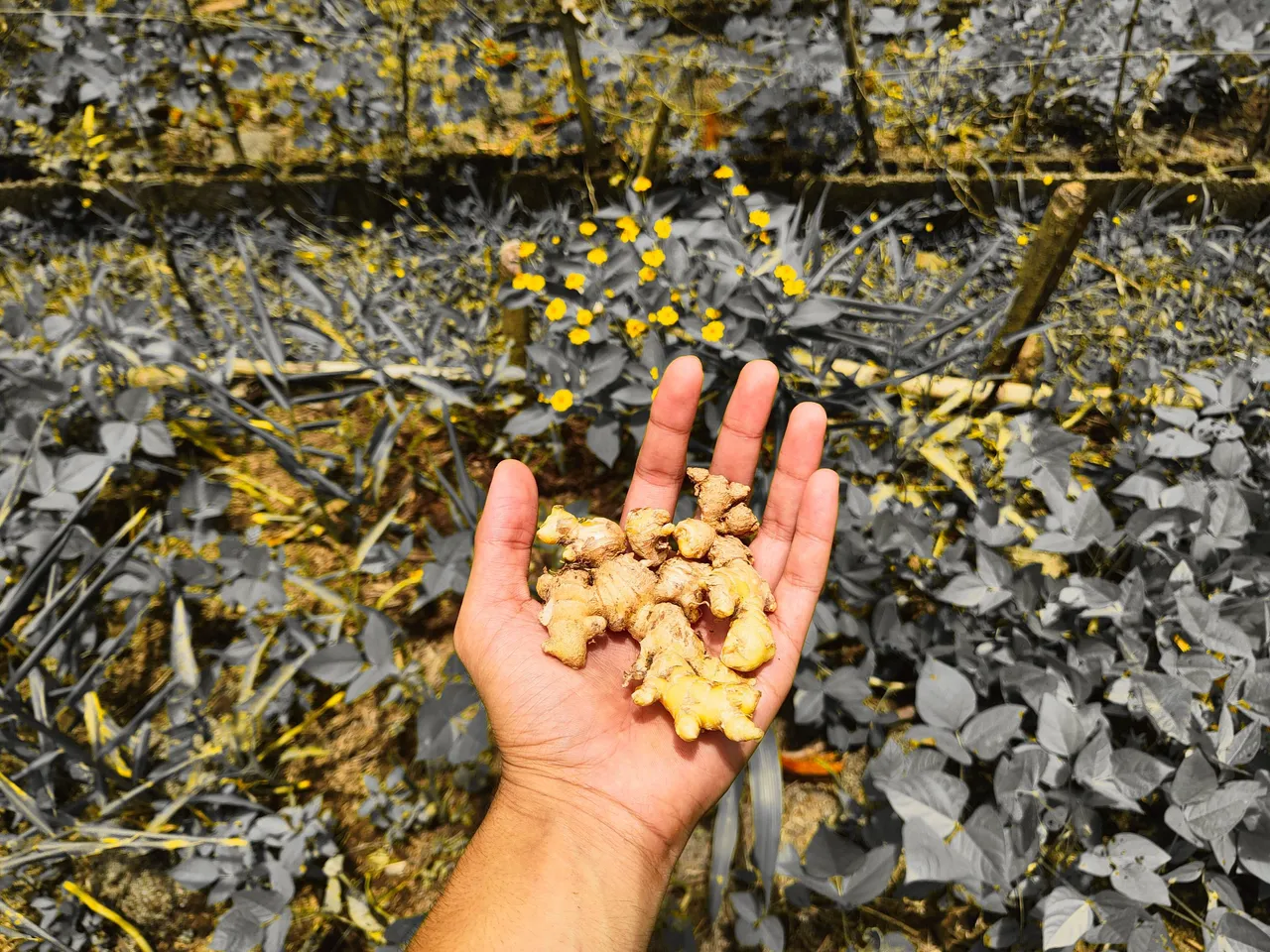
Some people don't like change, but you need to embrace change if the alternative is disaster. — Elon Musk
When I was in college, I also dreamed of creating food innovations eventhough I was in the I.T. field.
That was the time when the economy was still in a good shape and there was food security for the majority of the nation.
When you hear about Asian food, it might immediately associate it with fish or rice among others. And yes, rice is a staple—but rice is not the only food in the table.
You see, with the maturity of the national government and mass media, it push for unified goals and culture. While it is great for the development of the country, but too some degree, it is not good for local traditions and culture.

The Rice Industry
Not to complicate it, let's focus on the rice industry. There has been several shifts in the rice industry, from going national, to private, and now local.
The agricultural department can be congratulated for making strong efforts for food security throughout the decades, but with various research published, there has been insignificant shift to rootcrops as a main carbohydrate source at the national level.
Instead, private businesses proliferate to introduce wheat-based food products where its supply is highly dependent to the international markets.
And for root crops, it is mostly for snack and not as a rice alternative.
The Rootcrop Reality
Before the globalized food industry hits the local kitchens and tables, the local diet has been healthy. It promoted long lifespan and lesser food-borne diseases—at least for my personal observation on my great grandparents and others in our locality.
There used to be only one rice harvest in a year, now two or even three depending on the region and the hybrid. Though rice has been cultivated for several centuries already, rootcrop has been present together with it.
Even without rice shortage, families would cook 'Duma', a word that includes root crops and other starchy crops. Duma such as plantains (Saba), Gabi, taro, cocoyam (Tapioca), and sweet potatoes are enjoyed as staple food, main menu ingredient, or as a snack.
During rice shortages, Duma is an essential alternative. But right now, you can't hear it in the news. Instead, it is boosting the rice industry. You see, rice shortage can be subjective, it can also mean that there's an increasing demand even with increased supply.
The real problem is the lack of education for local alternative carbohydrate sources, but locals are programmed to eat rice and, now, wheat.
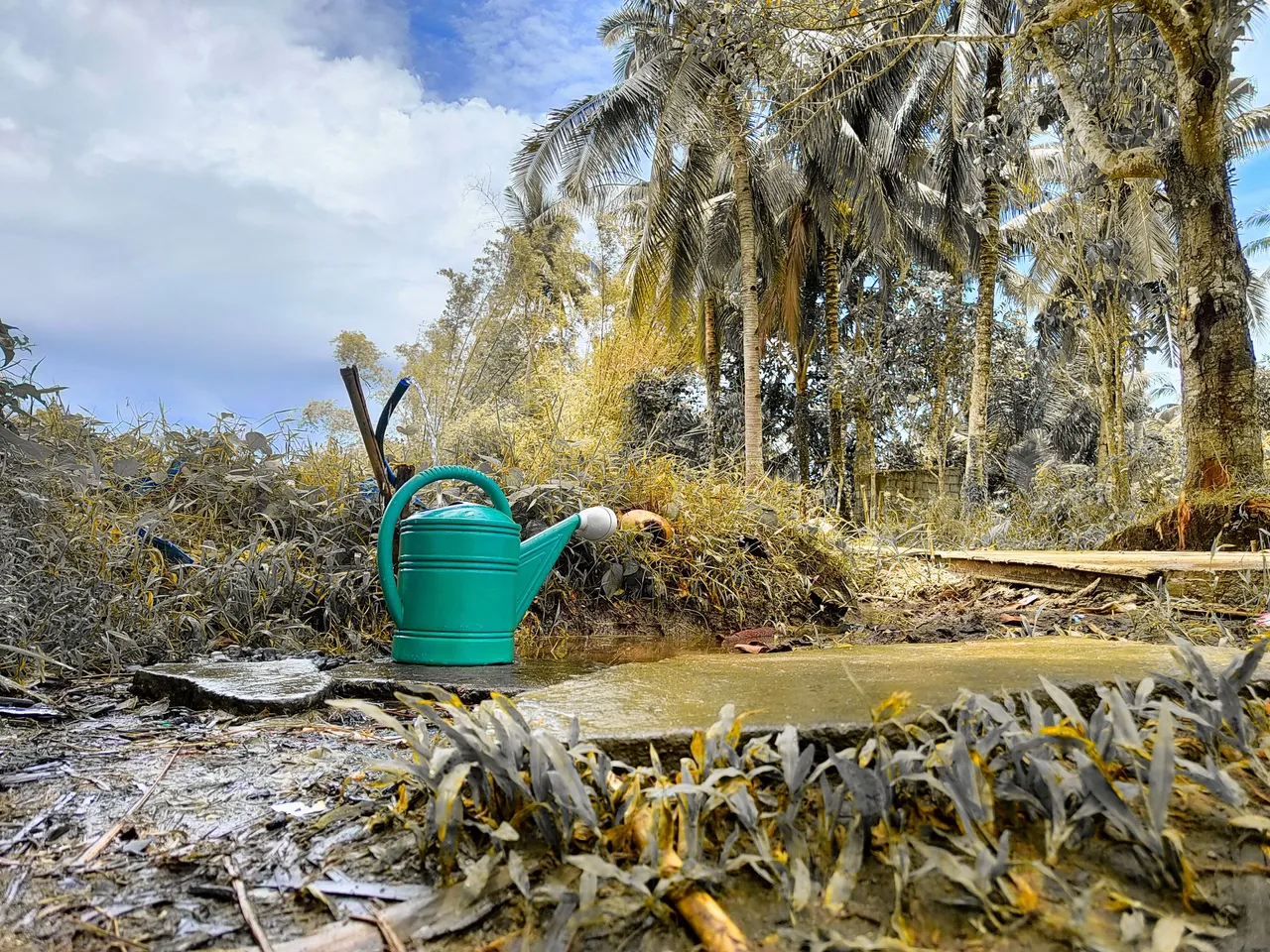
The Sweet Side of Sweet Potato
Unlike most crops, sweet potatoes are low maintenance. It can be planted and be left to mature until harvest. And most of the times, there is no need to replace the original crop during harvest, just remove the sweet potato and put the vine under the soil again.
With the right weather, soil, and water conditions, the sweet potato can grow quite indefinitely. And aside from being a source of carbohydrate, its young shoots can be harvested and used in different dishes as a leafy green vegetable.
Although with minimal demand, sweet potato can be used in a variety of ways which means it can be also a potential source of income.
Aside from traditional delicacies, some locals have made it into fries and 'cheese sticks' to augment their financial needs.
Growing More Sweet Potatoes
Although we are also farming rice, root crops is also a part of our DNA. If I can have more time to document our local recipes, I hope to include our root crop recipes too!
There are a lot of distinctions and even scientific means to categorize root crops, but in simpler classifications, most can be group as native, pinalaw (like Palaw), tapuy purple or red, and a generalized 'hybrid' connotation for other varieties. To talk more about other root crops needs more space in a separate blog post, so here let's talk more about sweet potatoes.
There are different varieties and cultivars in different gardens and farms, and color, taste, and yield varies a lot. Personally, I have a collection of both native and hybrid sweet potatoes already growing at the orchard—but I am growing more.
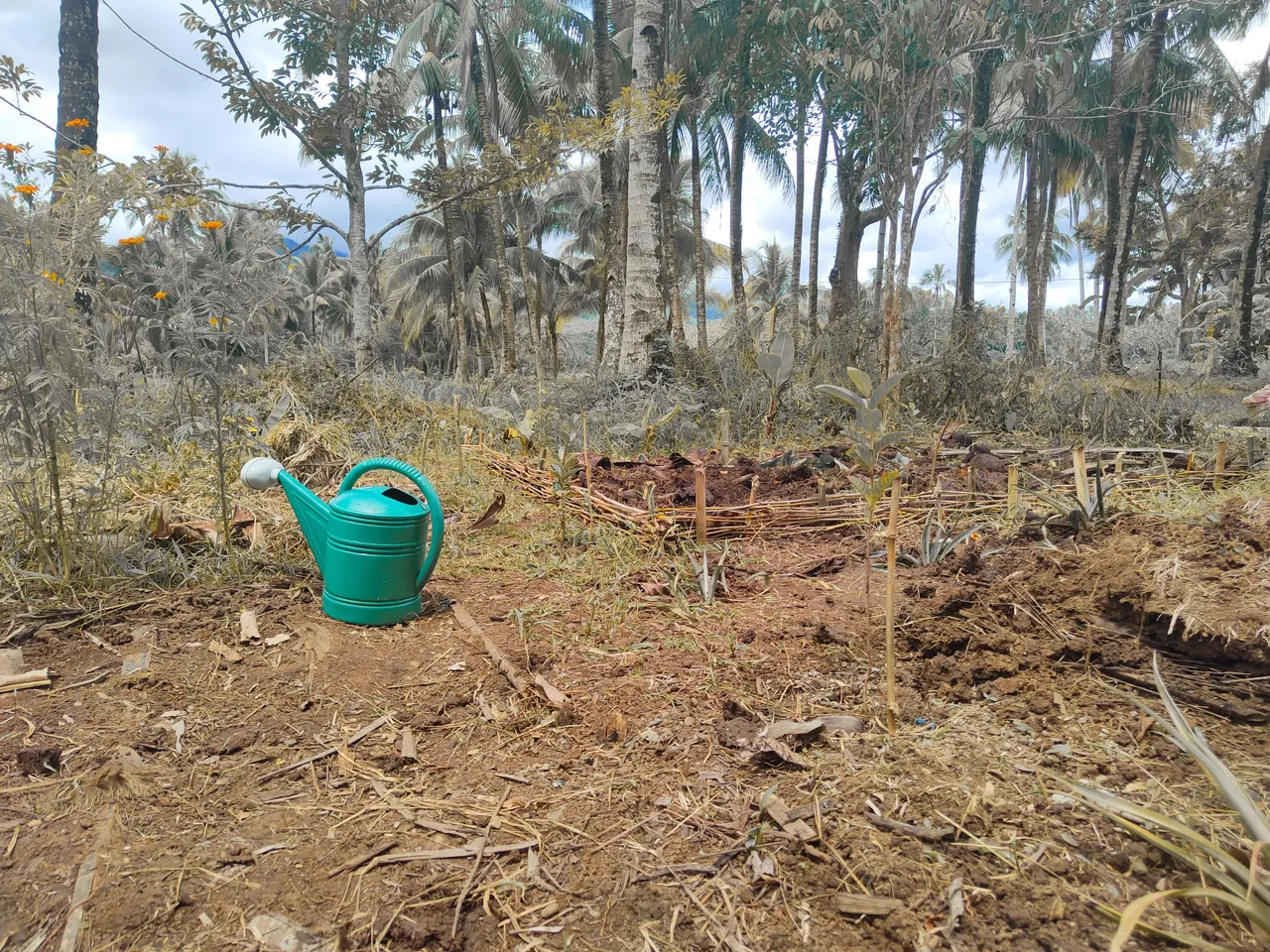
My older sweet potato patch has been misplaced and therefore lack enough sunlight to produce a good yield. So my next project was to move it to another, more sunny location.
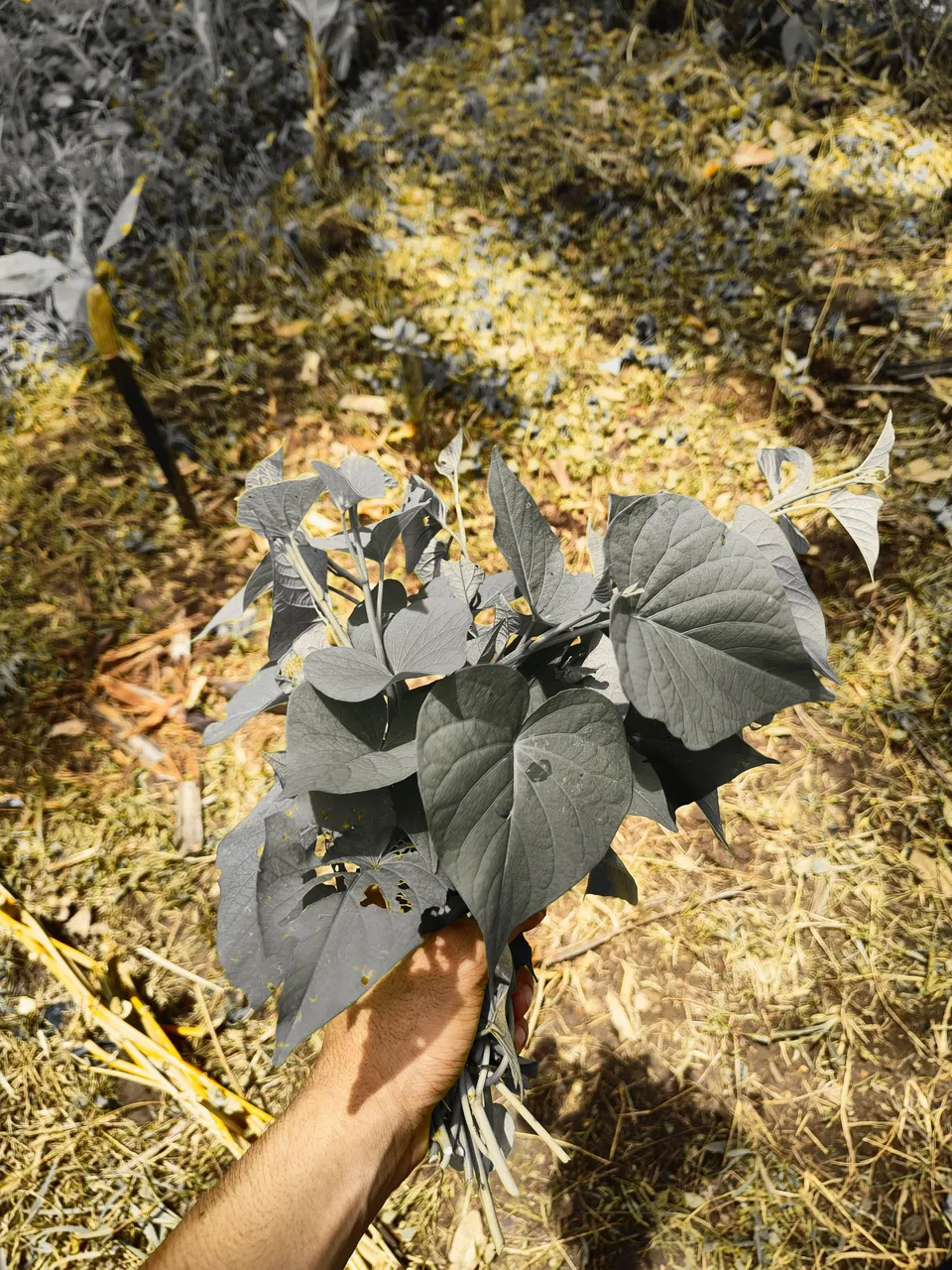 | 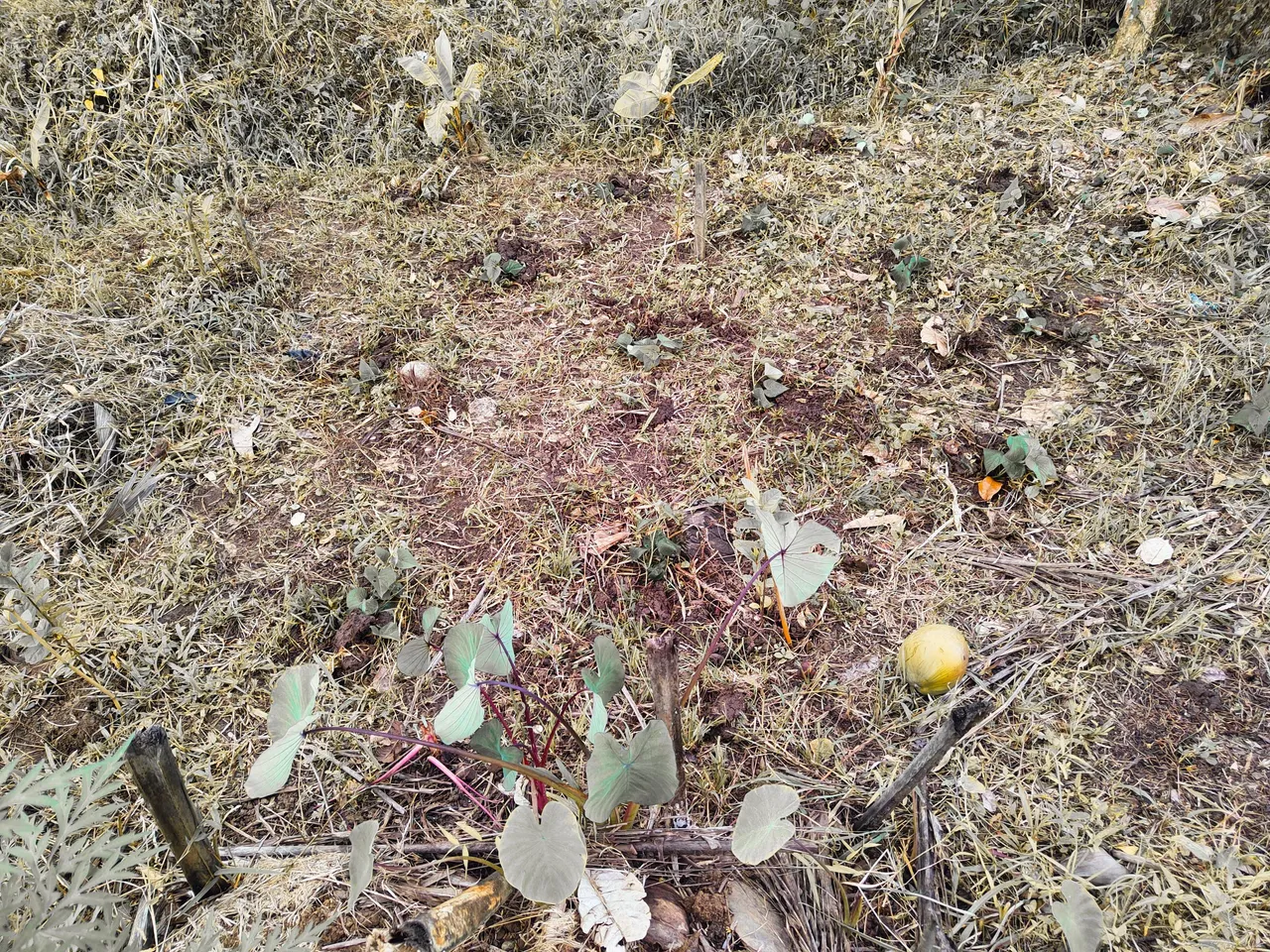 |
|---|
Several weeks ago, I thought of downsizing the garden at the orchard. Little did I know that it was the start of another expansion! I have already occupied 1/3 of the orchard and am hoping to develop the other areas to make it productive again.
Just today, I partially completed the new sweet potato patch (SE), where I sourced the planting materials from my older patch at the western side of the orchard. More gingers and spring onion are replanted, and they are loving the new weather! If it was super rainy a month ago and now, they could have rotten already.
There was a pile of 'Kagingking' or thorny bamboo just outside the property and I thought to make use of it. I carefully removed the thorns and cut the twigs, then used it to weave the fence of the sweet potato patch.
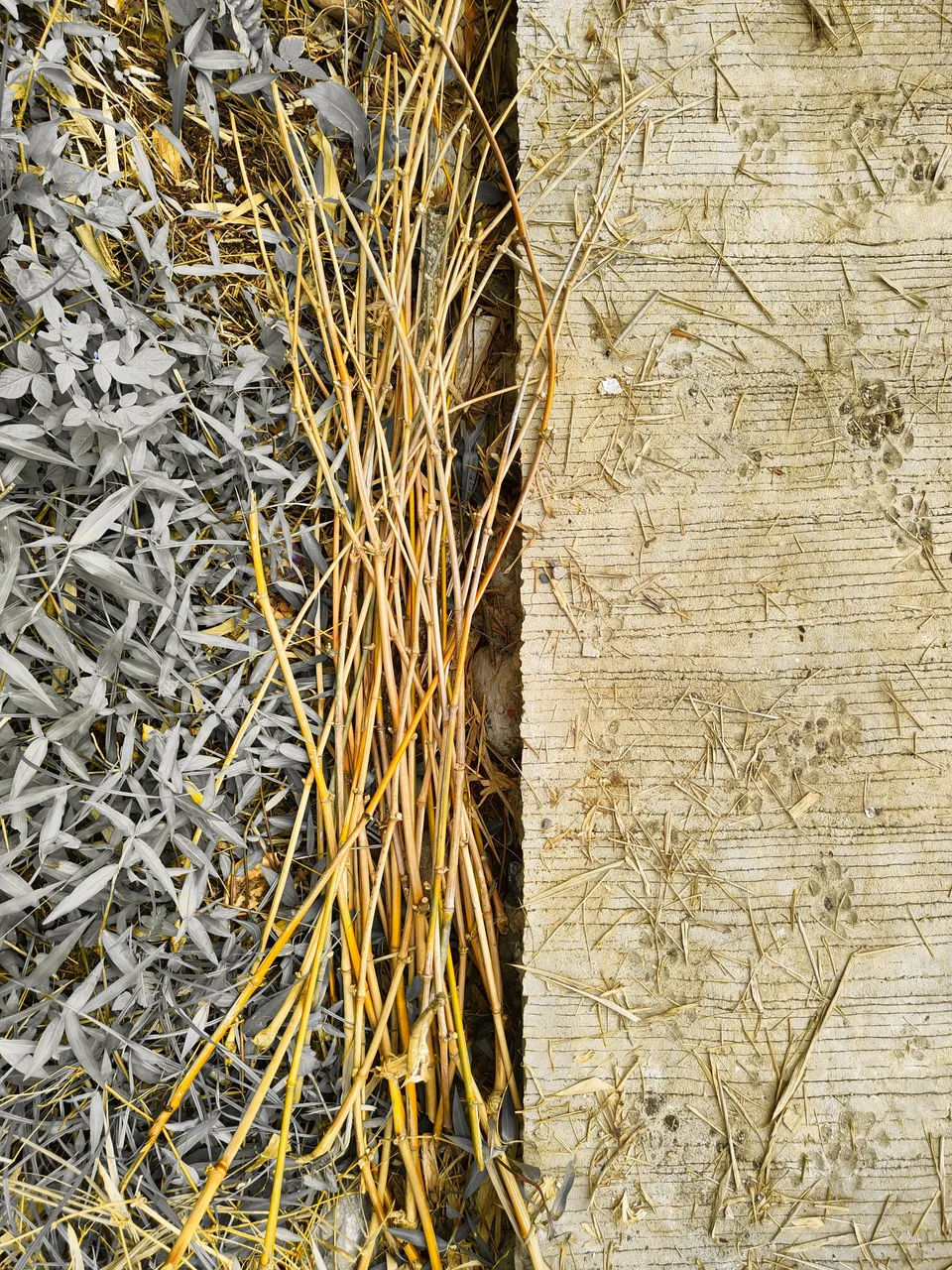 | 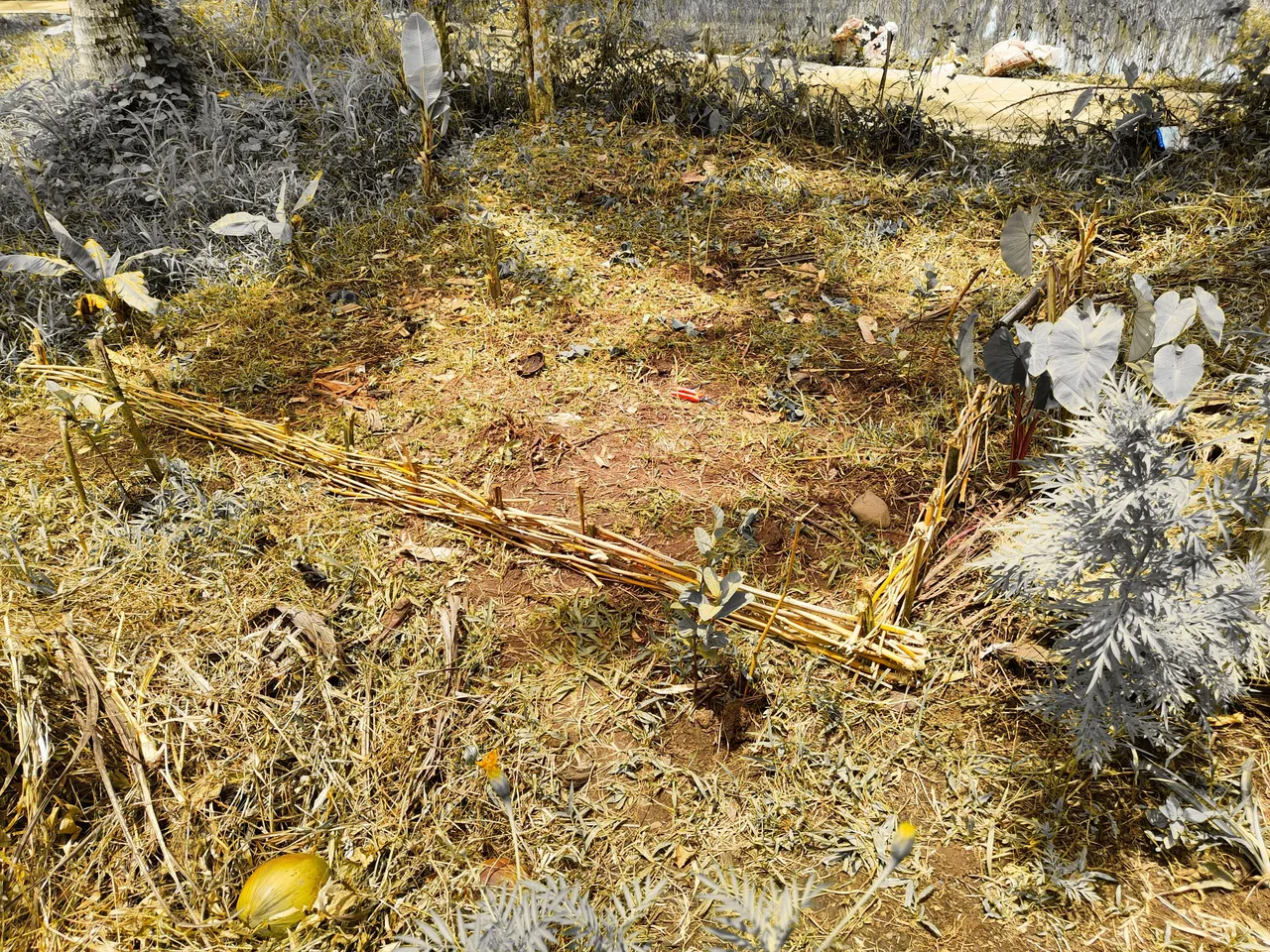 |
|---|
As a part of the food forest, vines can fill up both horizontal and vertical spaces depending on the type and in permaculture design. As for sweet potato, it can thrive with less labor and is a great addition to anyone's food forest.
Garden Updates
Since I started gardening again last year, I have always been fond of Alliums, but growing it has been unsuccessful in so many attempts.
But something has changed, one is the weather pattern, but next is my success in growing alliums. Since we have an unusually longer dry season now, I am able to grow spring onions successfully.
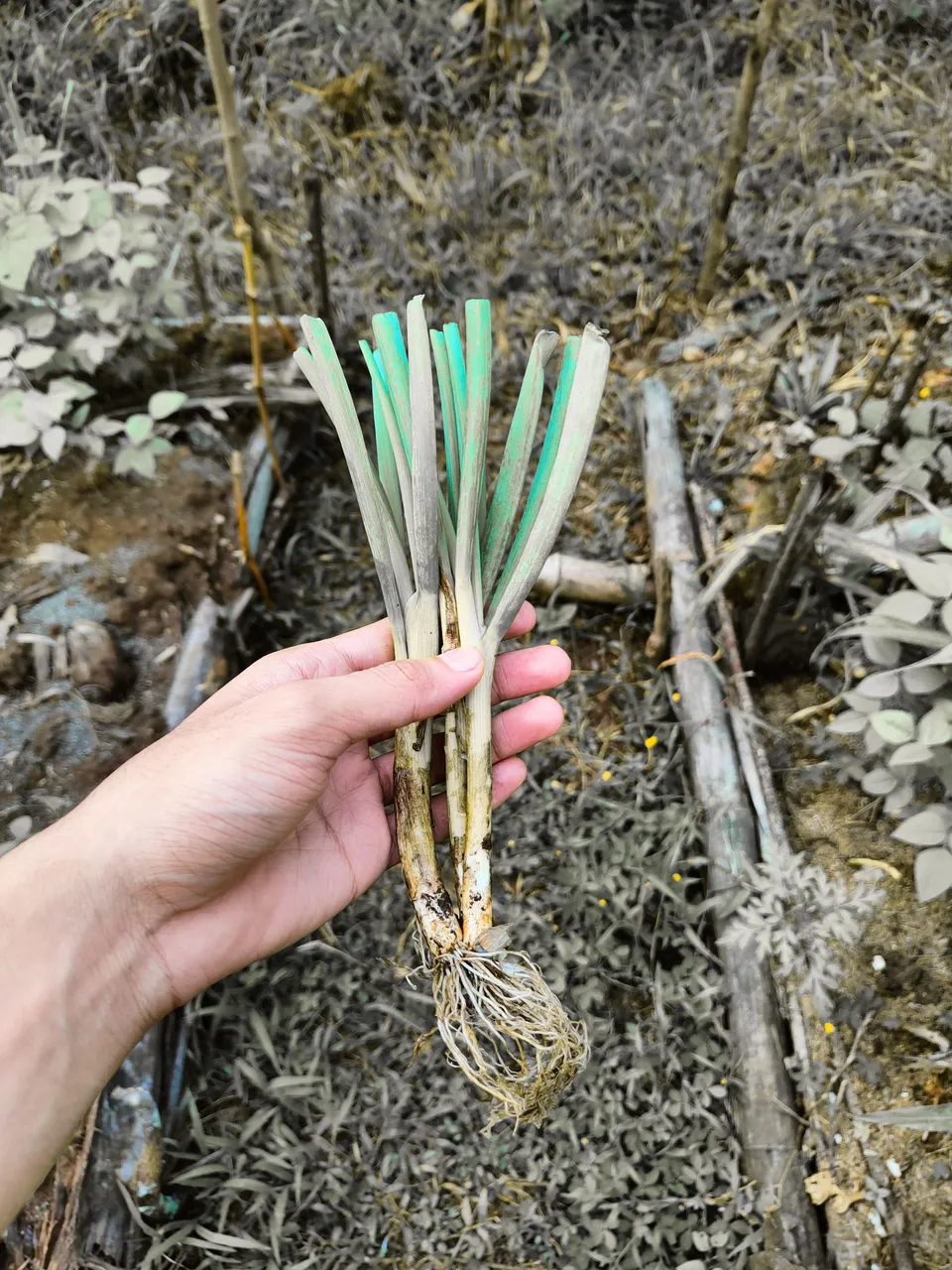 |  |
|---|
This time, I am using planting materials directly from the kitchen to complete a cycle of farm to table and back to the farm. Instead of fully using or discarding vegetables parts, I am replanting them to grow more of it.
Like one of my previous success, the ginger, where in the next few weeks will be my first big harvest since the cucumber season last year!
If you're new to permaculture, don't be afraid of failures because that is where you can find what works for you and then perfect your craft.
Or if you have been into permaculture for years, cheers!
PINNED POST
 | Clearing the Damage After the Storm Instead of falling into anxiety, it took time to make use of what the storm had given. |
|---|
About Me
@oniemaniego is a software developer, but outside work, he experiments in the kitchen, writes poetry and fiction, paints his heart out, or toils under the hot sun.
 | Onie Maniego / Loy Bukid was born in rural Leyte. He often visits his family orchards during the summers and weekends, which greatly influenced his works. |
Donate with Crypto
Bitcoin 34hdQNHHFUodqegi2wwNeNw2p35ewvnaXQ
Ethereum 0xd36126ab2463c3404cca1c97d8f3337917dfd113
Not yet on Hive? Earn while blogging.
Sign Up